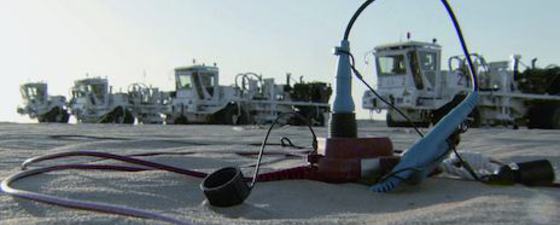If you have ever been to Egypt, you will probably have visited its eclectic and vibrant capital city. Cairo’s stunning Islamic architecture has earned it the nickname ‘the city of a thousand minarets’, and as you wander the backstreets of the atmospheric souk, you are aware that the gentle spice scents and gleaming copper coffee pots have changed little in recent centuries. However, this is no city mired in the dark ages and never was this more apparent than during the pinnacle of the Arab spring – the Egyptian revolution of 2011. A modern revolution, the Egyptian uprising was masterminded through the use of the internet and social media and its largely peaceful demonstrations captured the attention of the world: Cairo appeared to be seeing its most dramatic period of history. However, this is a city with a dramatic past and 2011 was not the only year to see turbulence and power struggles.
The Victorious City

Despite these ‘false-starts’ in the development of the major city that modern Cairo is today, its true establishment came with the arrival of the Arab Muslims in the 7th century. As well as introducing Islam to the region, which is still followed by the majority of Cairo’s inhabitants today, the Arabs are credited with founding the city as it is now. In the 10th century the ruler, General Jawar, gave the city the name Al-Qahira – ‘The Victorious’ – and built the town into a walled city strong enough to survive the attack of any opposing armies. Which came in useful when a century or so later the Crusaders threatened to invade nearby Fustat, which had until then been the military and administrative capital of Egypt. The ruler at the time, Vizier Shawar, set fire to Fustat to deter the Crusaders and with immediate effect made the new Egyptian capital Al-Qahira, or, as it soon became known to the West, Cairo.
Cairo’s trials and tribulations were far from over. Under the Mamaluks – an army of slave soldiers who revolted and took power in the 13th century – Cairo truly boomed, becoming a trading hub for multiple industries, but following the Ottoman invasion, the city fell into a decline. It was not until the ‘founder of Modern Egypt’, Mohamed Ali Pasha, took control of Egypt in 1805 after several decades of power struggles between the Ottomans, the Mamaluks and the Albanians that Cairo became again the metropolitan hub it had once been. Ali Pasha can largely be credited with the introduction of cotton production to Egypt, starting an industry that refreshed the nation’s economy and allowed Cairo to finally start to live up to its potential. Egypt underwent strong development under Ali Pasha and his successors and became one of the Arab world’s leading economies. The British, always with an eye out for an opportunity, set their heart on this perfectly situated country, intersected by the fruitful Nile and with its thriving cotton revenue, and soon made it part of the ever-expanding British Empire.
2011 was not the first time that Cairo had seen large-scale demonstrations and uprisings. In the early 20th century, Egyptians became increasingly unhappy with the British Empire and public protests finally led to the country’s independence in 1922. From this point onwards Cairo began its true expansion to become one of the most populous cities in the world today.
Cairo and Oil
Whilst oil production plays an important role in Egypt’s economy, employing countless people and producing about 660,000 bopd barrels a year, down from a 1996 peak of about 935,000 bopd (EIA), there is one major reason why Cairo has risen to become a key city in the world of oil production.
Less than 160 km away from Cairo’s buzzing streets lies the Suez Canal. At just 190 km long and 205 metres wide, the canal is an artificial waterway that since 1869 has allowed ships to pass from the Mediterranean Sea to the Red Sea without having to sail all the way round Africa. With roughly 1% of the world’s oil production passing through the Suez Canal, it is a major revenue stream in Egypt’s economy, with tolls set up to collect from every ship that passes along the waterway. Despite an international treaty from 1888 that states the Suez Canal can be used “in time of war as in time of peace, by every vessel of commerce or of war, without distinction of flag”, through blockading and limiting access the canal has been used as a Egyptian power tool in the past, namely during the 1956 Suez Crisis and the Egypt-Israeli wars in the 1960s and 70s. The impact of such blockades on all of the oil industry has serious resonance. So important, in fact, that when the 2011 revolution threatened to disrupt the transportation of oil along the canal, the worldwide price per barrel shot up 4% overnight.
With Egypt’s governance still currently in question, Cairo is unlikely to have seen the last of its drama, but with a population of 17 million and such a rich history, we may not have seen the city’s true glory days just yet….





